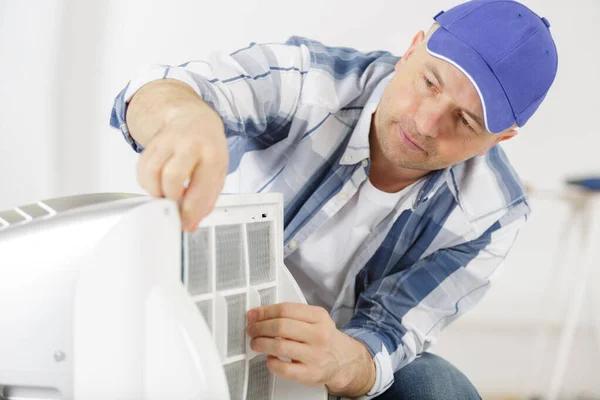Roof insulation is a crucial aspect of modern construction that plays an essential role in energy conservation and maintaining indoor comfort. Over the years, technological advancements have led to innovative roof insulation solutions that are not only more efficient but also environmentally friendly.
One such innovation is the use of phase change materials (PCMs) in roof insulation. These substances absorb or release thermal energy as they transition between solid and liquid states, helping regulate indoor temperatures effectively. PCMs can store five to fourteen times more heat per unit volume compared to traditional insulating materials, making them ideal for both hot and cold climates.
Another promising technology is vacuum insulation panels (VIPs). VIPs offer superior thermal performance up to ten times better than conventional insulation products of the same thickness. This high efficiency makes them perfect for retrofitting older buildings where space might be limited.
Aerogel-based insulating materials are another groundbreaking advancement in roof insulation technologies. Known as “frozen smoke,” aerogels are among the lightest solid materials known to man and possess excellent insulating properties due to their extremely low density and porous structure. They provide superior thermal resistance with less material, reducing both cost and environmental impact.
In addition, green roofs represent a unique blend Red Dirt Construction of traditional roofing techniques with modern sustainability principles. These roofs feature layers of vegetation over a waterproof membrane, providing natural insulation while also absorbing rainwater and reducing urban heat island effects.
Radiant barrier technology is another innovative approach gaining traction in warmer climates. It involves installing reflective barriers under the roof that reflect radiant heat back towards its source rather than absorbing it like conventional insulators do; this significantly reduces solar heat gain during summer months.
Lastly, there’s bio-based spray foam made from renewable resources like soybean oil or castor oil instead of petroleum-based products offering similar performance characteristics as traditional spray foams but with lower environmental impact.
Moreover, digital tools used for assessing thermal performance have evolved considerably over time too. Advanced software now allows architects and engineers to simulate different insulation strategies, providing a clear understanding of their long-term impacts on energy consumption and indoor comfort.
In conclusion, innovative roof insulation technologies are continuously evolving, offering enhanced performance and greater environmental sustainability. Whether it’s phase change materials, vacuum insulation panels, aerogels, green roofs, radiant barriers or bio-based foams – each innovation presents its own unique advantages that cater to varying needs. As we continue to grapple with the challenges of climate change and resource scarcity, these advancements in roof insulation technology will undoubtedly play an increasingly important role in our pursuit of more sustainable built environments.
Red Dirt Construction
51 S River Rd Suite B, Eagar, Arizona 85925
928-862-5869




